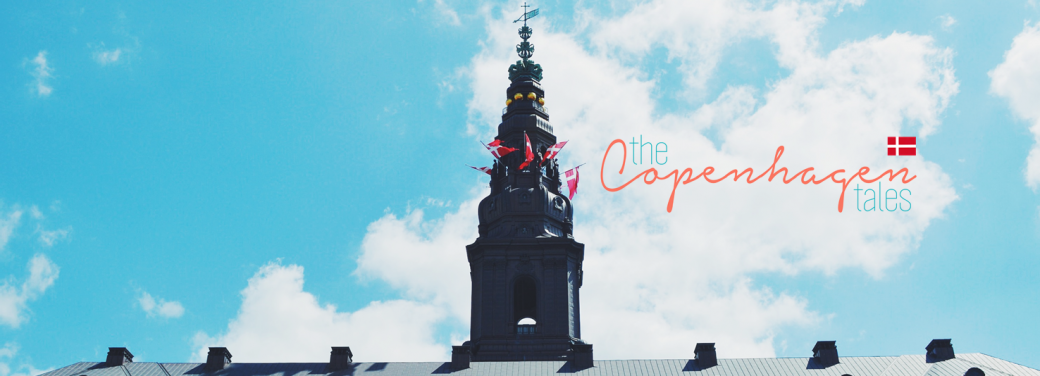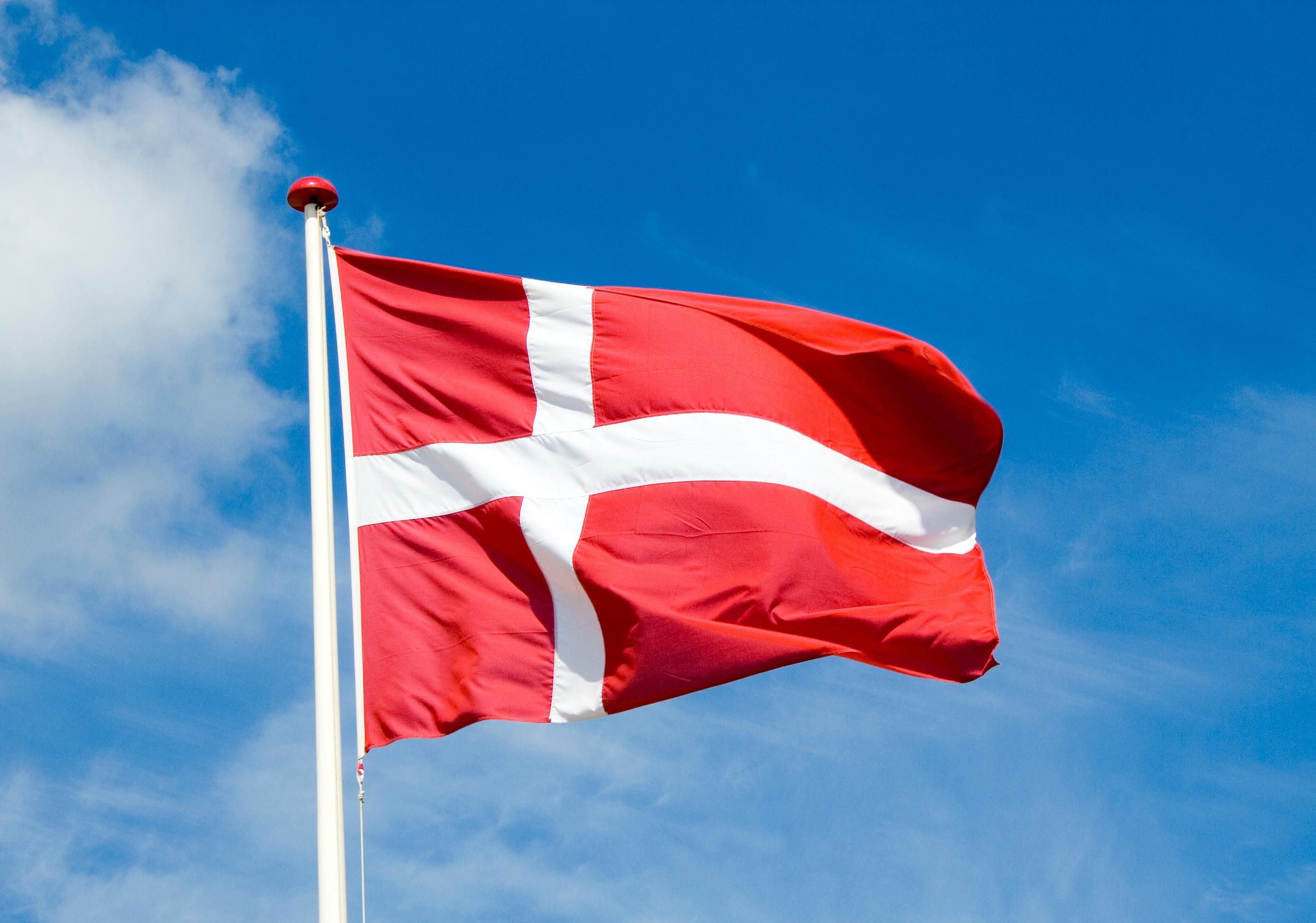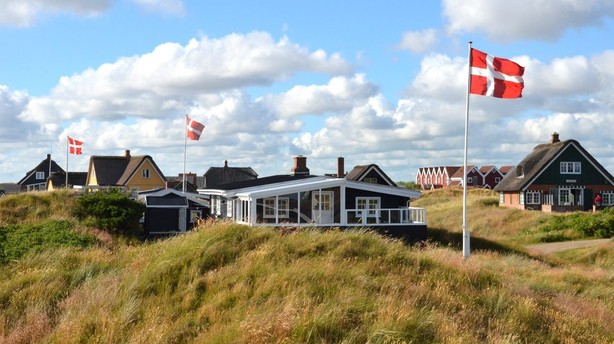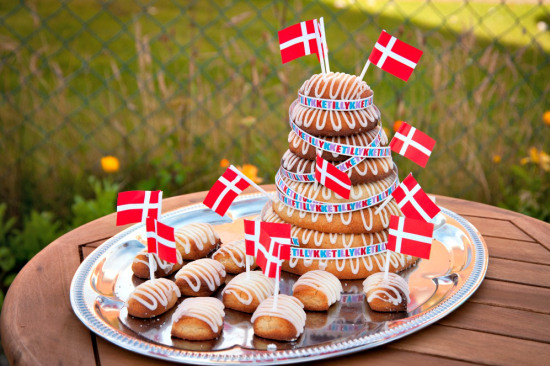I always find it funny to observe the country I’m living in from an expat perspective. My experience with living in 4 different countries in the last 6 years or so is that not only do you learn a lot about the country and culture you’re living in, but you learn even more about yourself and your own culture. I’ve caught myself doing distinctly German things, like mixing fruit juice with sparkling water to make a delicious refreshing “Schorle” (pure juice is way too sweet, people!), that I never actually thought were something special. And of course, you notice odd or weird things in your host country that are quite different from what you’re used to.
One such thing I have noticed in Denmark is flags. It might just seem so strange to me because in Germany, we’ve had a difficult relationship with our flags and national pride in general after the Second World War - understandably so. The first time I remember waving a German flag was during the soccer world cup 2006 in Germany. We had those Aloha flower necklaces in black-red-and-gold, painted the flags on our cheeks, and waved flags when we won a game. But otherwise, you won’t find many people who actually display a flag, say in their garden, and if they do, you immediately think they might be weird and maybe a bit to the right end of the political spectrum. In Denmark, this is totally different. The flag is everywhere.
The Danish flag has a name: “dannebrog”, which means “Danish cloth”. Legend has it that the flag fell from the sky during a battle of the Danish army against Estonia, when they were praying to God to save them from defeat - which worked. I think it’s a quite pretty flag, and the red and white colors look great on the background of a clear blue sky.
Note that the queen’s royal yacht also carries the name “Dannebrog” (to be precise, the vessel is called “KDM Dannebrog”), but it was named after the flag. It usually anchors in Copenhagen harbour, but in the summer, the queen usually spends a couple of weeks in Greenland on the ship.
The Danish flag is a common sight in Copenhagen (and Denmark). It is found on public buildings, Amalienborg palace, of course (where flags on the four main buildings indicate which members of the royal family are home), and a lot of people even have a flagpole in their garden. This is a typical sight especially for summer houses.
But the Danes also use flags on special occasions. For example, when there’s a special holiday, all busses in Copenhagen will fly little flags. This is also the case when it’s the birthday of a member of the royal family, or another special event, like the royal wedding. If you see the flags on the busses but can’t remember what they are for, there’s a website called http://hvorforflagerbussen.dk/ (why do the busses fly flags) that will tell you exactly why - pretty neat! But I’ve also asked bus drivers before, who were happy to explain.
Another popular occasion to use flags for decoration is birthdays. Not only royal birthdays, but every single family birthday is celebrated by pulling out the flag decorations! Our neighbors even put two flags outside their door when there’s a birthday in their family! You can buy napkins, paper plates and cups, even small paper “strøflag” (sprinkle flags) to just throw on the table… the possibilities are endless! And of course, the miniature flagpole can’t be missing from any birthday table! Even high-end interior brands like Georg Jensen have those little flagpoles so you can celebrate in style.
And last but not least, flags of course also decorate the famous Danish “kransekage” (layered marzipan cake) traditionally served on New Year’s Eve and at weddings, but sometimes also as a birthday cake.
What do you think? What are your experiences with flags - the Danish and your own? And to the Danes: did I forget an important detail about the Dannebrog? An occasion where it is also used? Are there other traditions or trivia around the flag?



.png)
